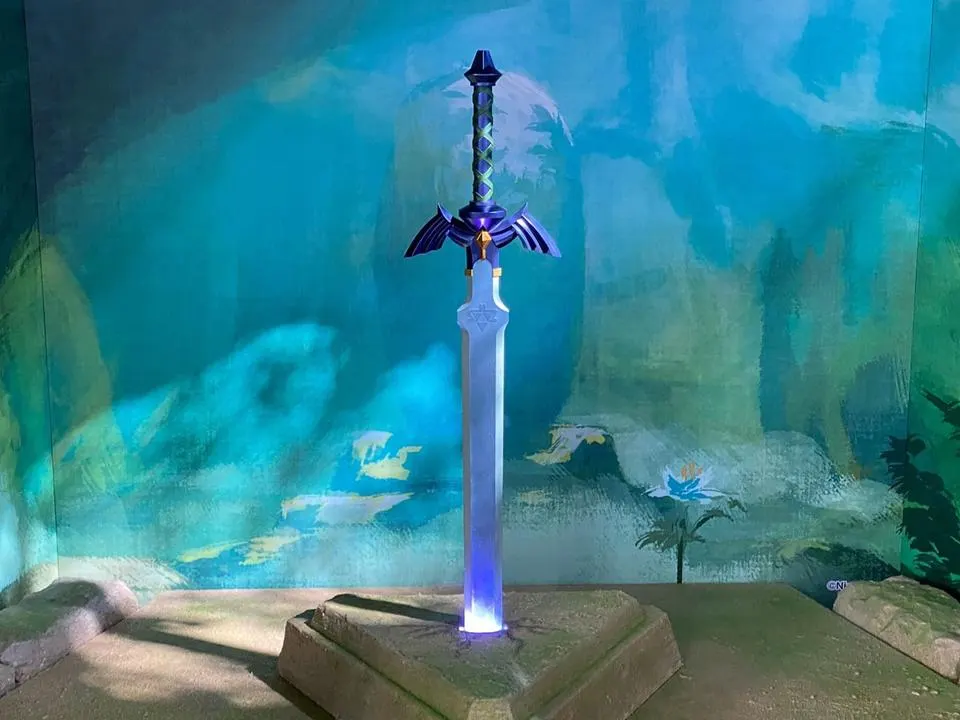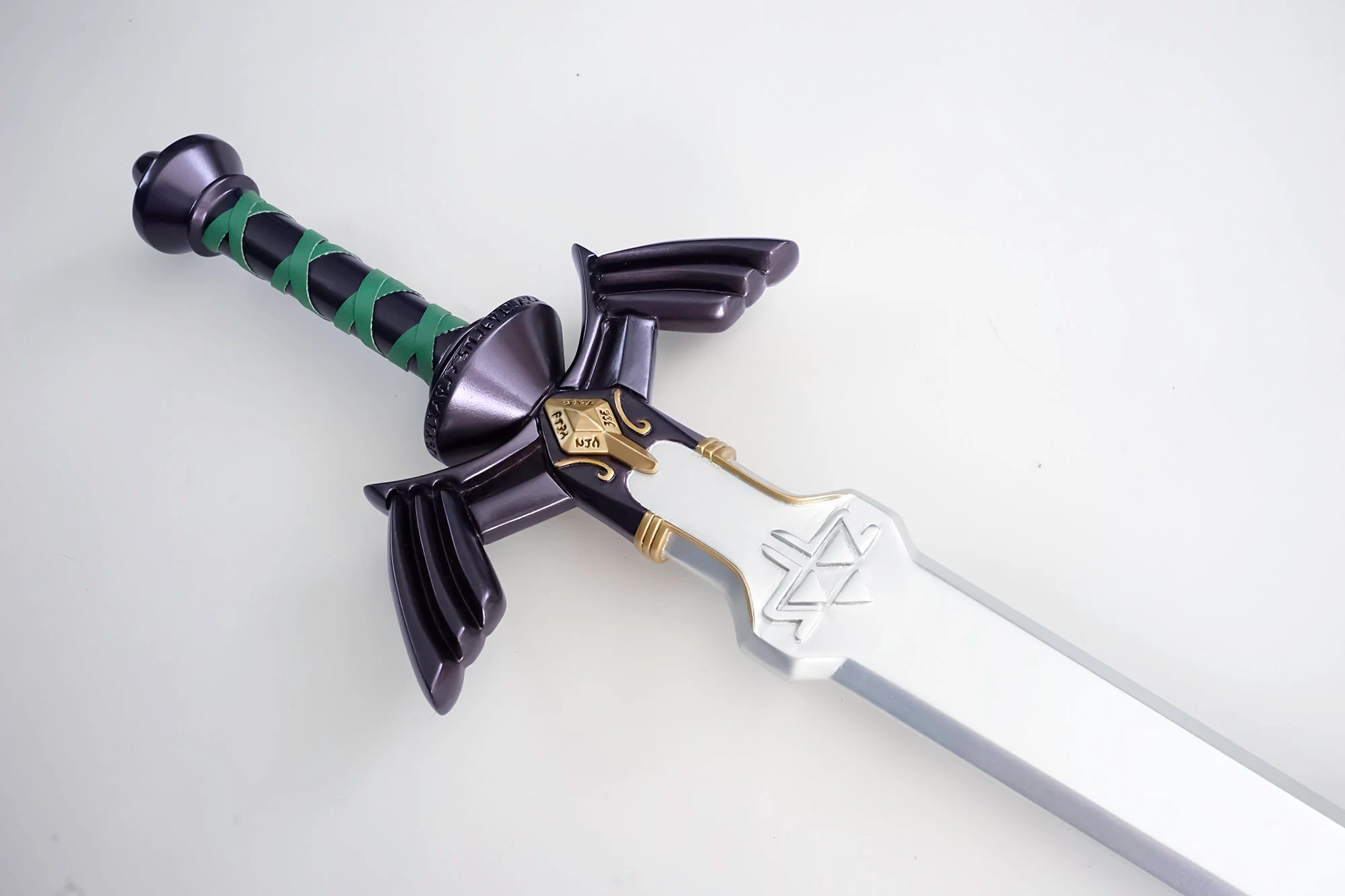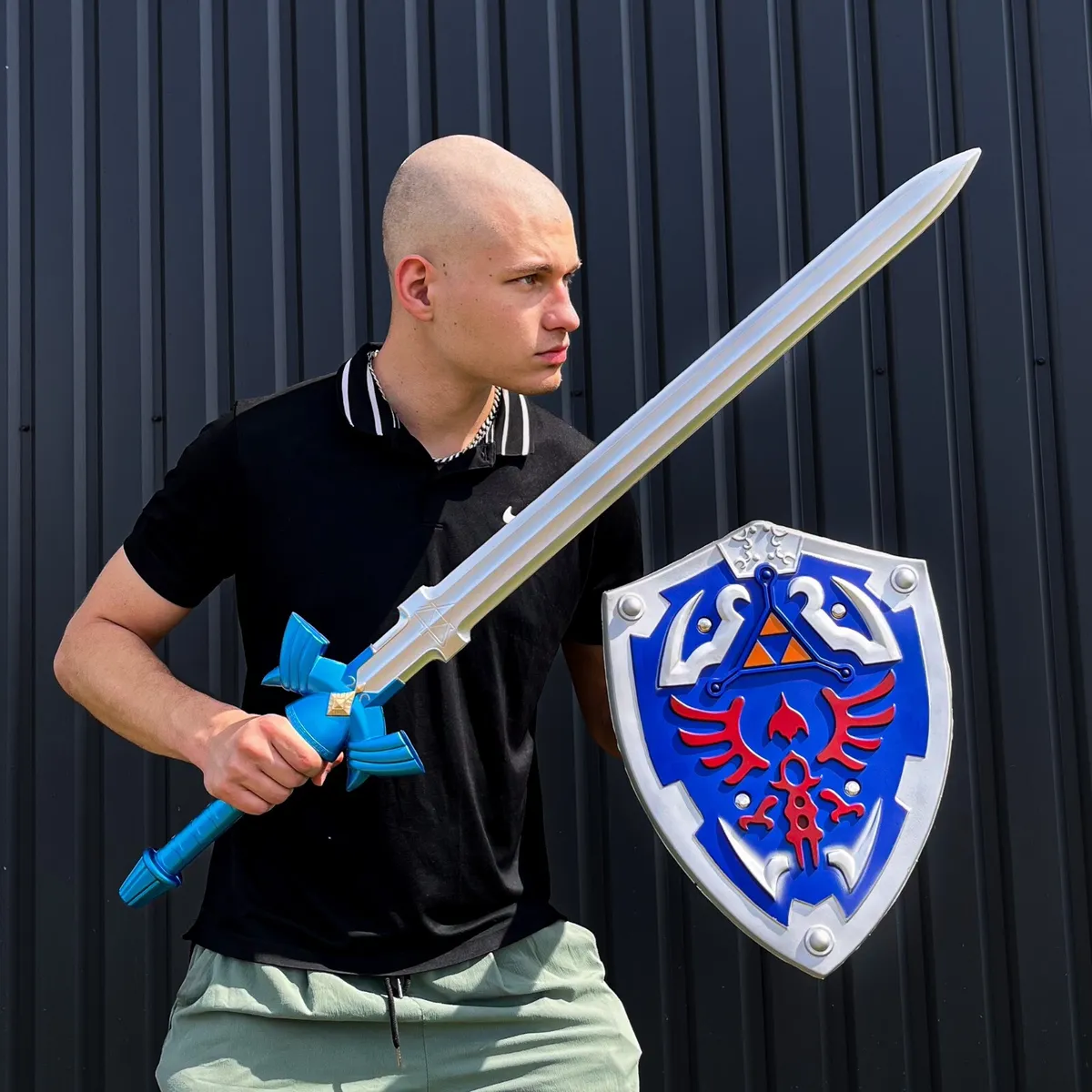From Screen to Steel: The Journey of Creating a Video Game Sword Replica
In the realm of video games, swords have always been more than mere weapons. They are symbols of power, artifacts of legend, and often, the heart of the stories we love. Among these iconic blades, few have captured the imagination quite like the Master Sword from the “Legend of Zelda” series.
But what goes into transforming a virtual sword into a tangible masterpiece? Let’s embark on the fascinating journey from screen to steel.
Conceptualization: Honoring the Original Design
The first step in creating a replica is capturing the essence of the original design. This requires a deep understanding of the game’s lore and aesthetics. For the Master Sword, it’s not just about replicating its look; it’s about embodying the spirit of the Hyrule universe.
Designers study every detail, from the blade’s length and curvature to the intricate patterns on the hilt. High-resolution game stills, concept art, and player feedback play a crucial role in this phase, ensuring that the replica is as true to the game as possible.
Material Selection: The Foundation of Realism
The choice of materials is crucial in striking the balance between authenticity, durability, and artistry. For a sword like the Master Sword, which is as revered for its mythical properties as its appearance, this means selecting high-grade steel for the blade and quality materials for the hilt and grip.
The steel must be both sturdy and pliable, capable of being honed into a fine edge while maintaining its structural integrity. The hilt, often a combination of metal and other materials like leather or wood, is crafted to not only look like its virtual counterpart but also feel right in the hands of its wielder.
Forging and Smithing: Where Art Meets Metal
The heart of the process lies in the forging. Skilled blacksmiths, often with years of experience, heat the steel to high temperatures, shaping it with hammers and anvils. This is where the sword begins to take form, transitioning from a raw piece of metal to a blade of precision and beauty.
The blacksmith’s expertise is crucial; each strike and bend must be deliberate, ensuring the blade’s balance and edge are perfect. The forging process is both an art and a science, requiring a keen eye and a steady hand.
Detailing and Engraving: Bringing the Legend to Life
Once the basic shape of the sword is forged, it’s time for the finer details. This is where the Master Sword truly comes to life. Artisans meticulously work on the hilt, embedding it with the recognizable symbols and patterns that fans know and love. Engraving is a delicate task, often done by hand, requiring patience and precision. It’s a labor of love, where each line and curve adds to the sword’s mystique, transforming it from a mere replica to a piece of art.
Quality Control: Ensuring Legendary Standards
Before a replica like the Master Sword can make its way to a proud owner, it must undergo rigorous quality control. This includes checking the balance of the sword, ensuring the sharpness of the blade, and examining the detailing work.
It’s essential that the sword not only looks the part but also feels right, maintaining a standard of quality befitting its legendary status.
The Final Product: More Than a Replica
When the process is complete, what emerges is more than just a replica; it’s a tribute to the game it represents. Owning a piece like the Master Sword replica is not just about having a collectible. It’s about holding a piece of cherished memories, a tangible connection to countless hours of adventure and exploration in the world of Zelda. It’s a symbol of the bond between the game and its fans, a testament to the impact of virtual worlds on our real lives.
The journey from screen to steel is a testament to the artistry and dedication of the craftsmen who bring our favorite virtual weapons to life. It’s a process that respects the original design, pays homage to the game’s legacy, and ultimately delivers a piece of that cherished universe into the hands of fans.
In a world where digital and physical realities increasingly intersect, these replicas are not just objects of admiration but bridges between two realms, reminding us of the power of games to inspire, captivate, and endure.



